Knots and cracks are typically not a problem for me as I love the natural aspect of the wood. I like the effect they create in conjunction with the grain of the wood---they make the painting come alive. They really are not an issue and add a sense of imperfection to my finished work, which I like. (I hope for passion and spirituality in my art—not perfection). I use an orbital sander to smooth the surface of the wood upon which I plan to paint. I also plane the edges parallel to the grain and use a file to bevel the ends. Once prepared, the wood is ready for the design.
(3) In watching a BBC documentary about illuminated manuscripts, I learned that medieval artisans also used very thin vellum just like tracing paper to achieve symmetry as well.
I tend to paint my primary formlines first, as is typical for traditional Northwest Coast Indian paintings. They give the structure and foundation for the composition and are the main way in which my painting style is grounded in the tradition.(5) I paint one color at a time, painting in all of those regions that I have decided will be that color. I paint primary regions first, then the secondary areas, and finally all tertiary elements. Fine details I leave for last.
Major Colors Supplemental Colors
Payne’s Gray (#2002310) Neutral Gray (#2002599)
Burgundy (#2002834) Hooker’s Green (#2002224)
Cadmium Red Deep Hue (#2002311) Permanent Green Light (#2002312)
Iridescent Rich Copper (#2002230) Olive (#2002907)
Twilight (#2002910) Baltic Green (#2002835)
French Gray Blue (#2002243) Sap Green (#2002315)
Chromium Oxide Green (#2002166)
French Ultramarine Blue (#2002382)
Swedish Blue (#2002906)
Cobalt Turquoise (#2002169)
Iridescent Rich Gold (#2002235)
Unbleached Titanium (#2002434)
Wisteria (#2002909)
Brilliant Purple (#2002590)
Light Blue Violet (#2002680)
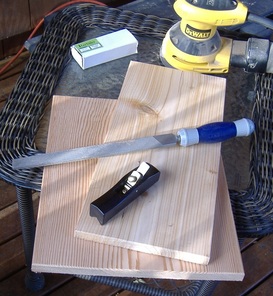
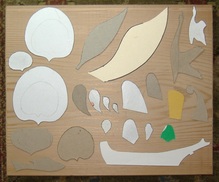
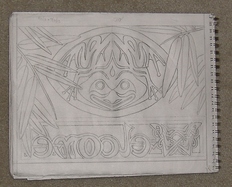
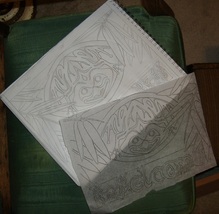
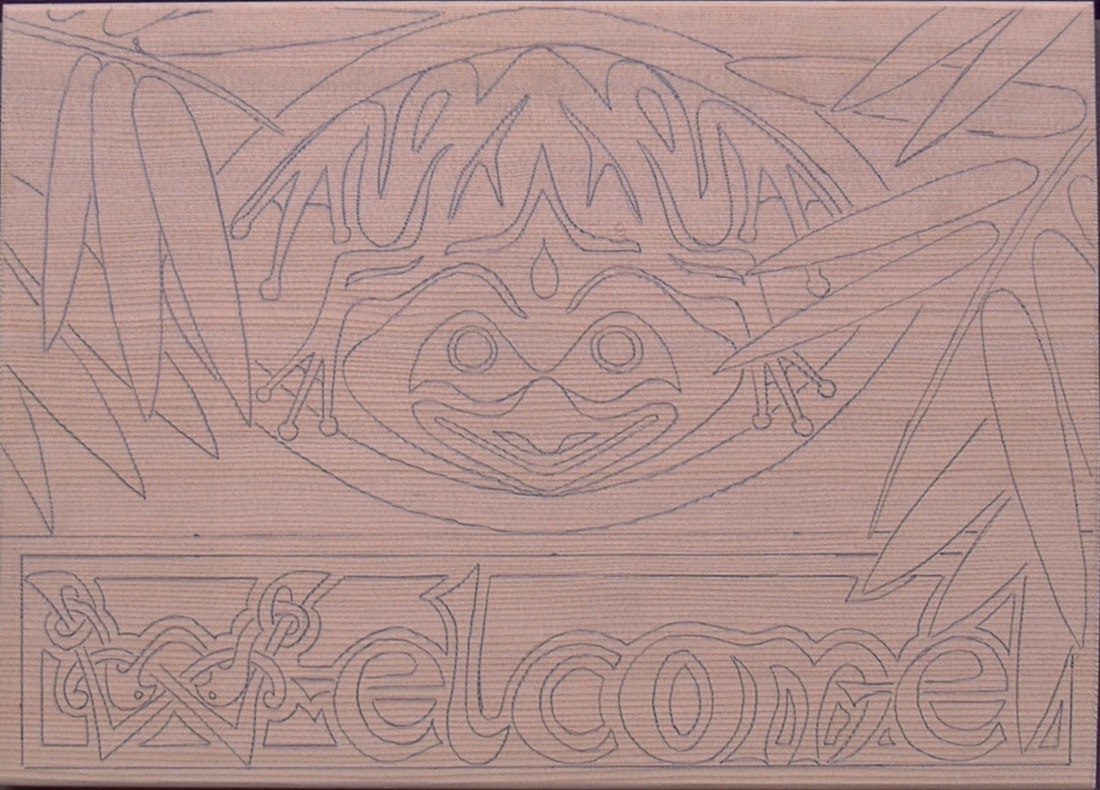
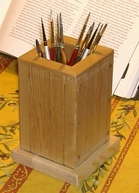
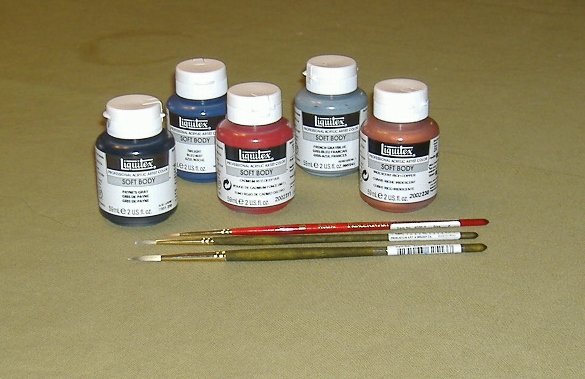
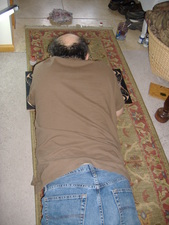
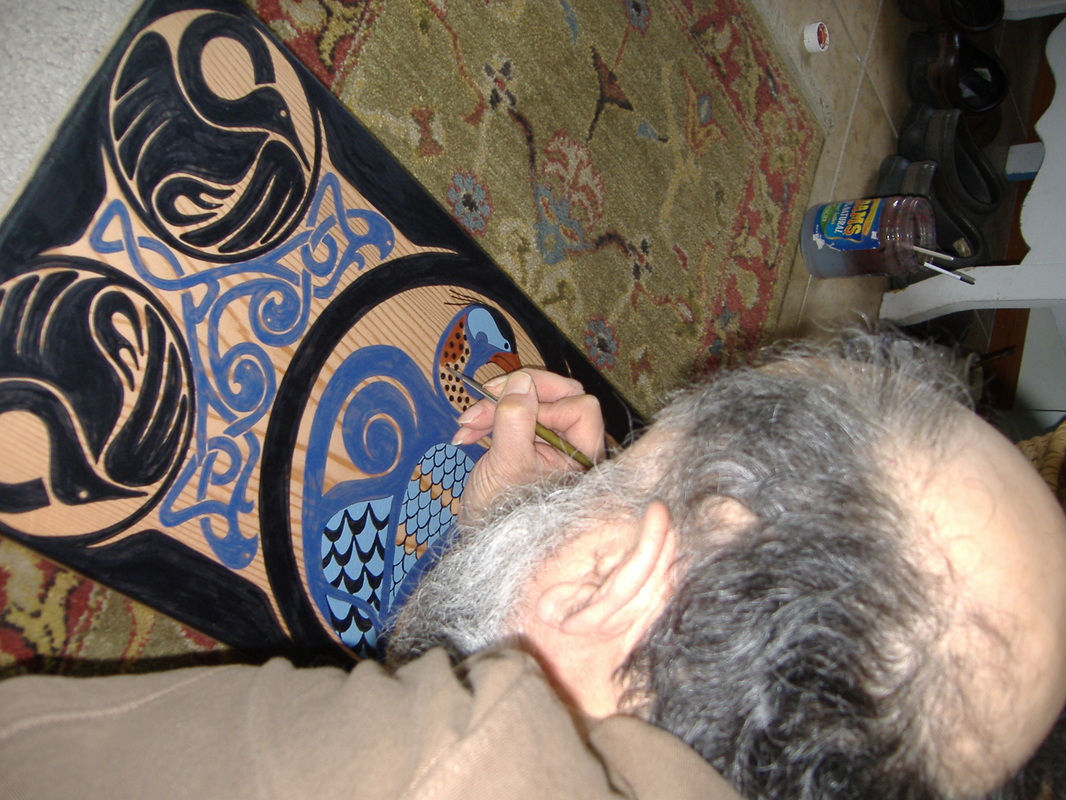
 RSS Feed
RSS Feed